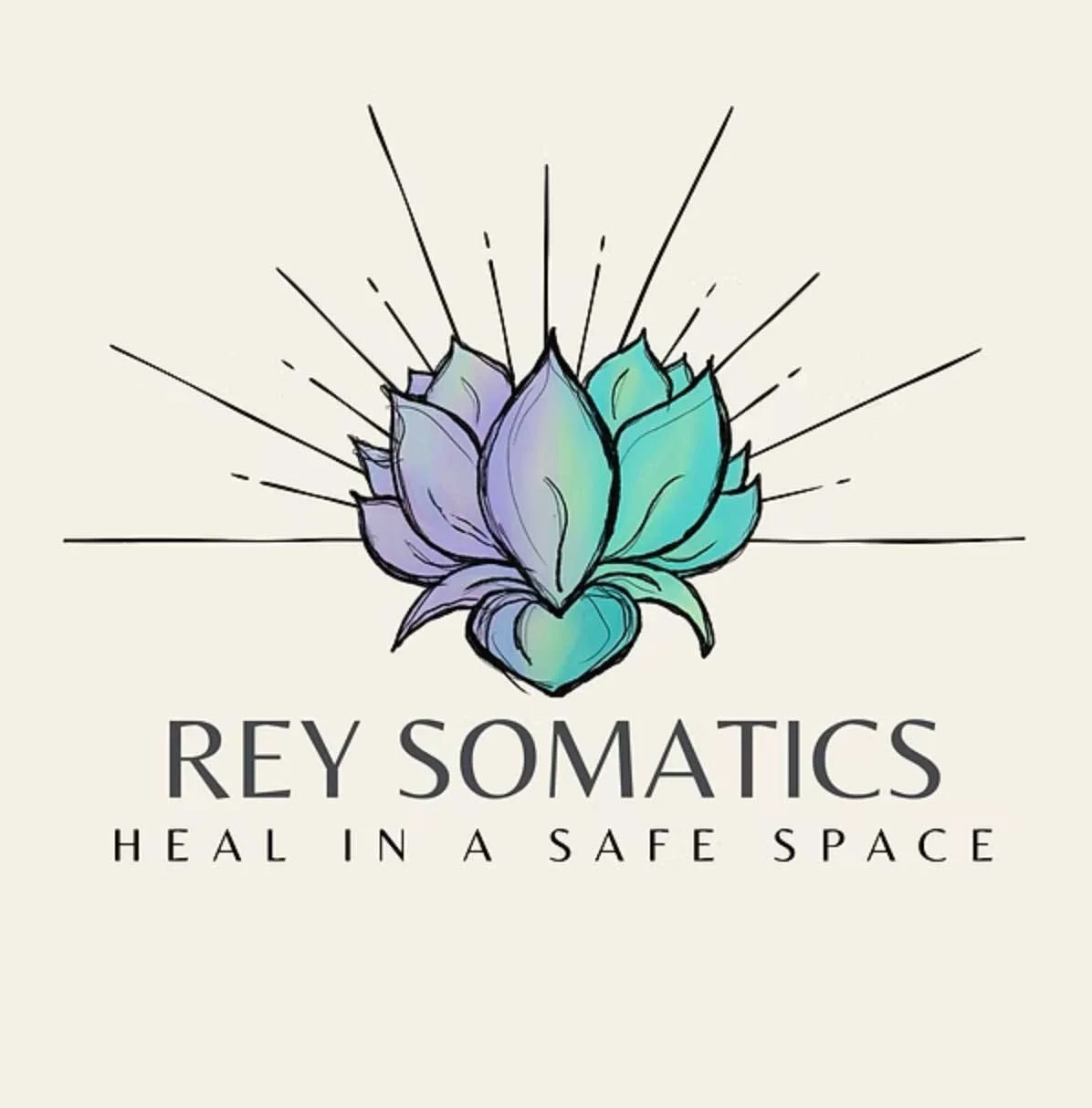LGBTQ+ Trauma Healing with Somatic Breathwork
Guest Post by Rey Somatics
Rey Gigante (she/they) is a certified integrative trauma-informed practitioner and is certified in Biodynamic Breathwork Trauma Release System (BBTRS®). She was a tenured professor before leaving her academic career to pursue somatic work full time. Rey brings years of experience as a researcher and educator to her work as a somatic practitioner, and their mission is to make somatics more accessible to the LGBTQIA2S+ community and allies.
Rey’s story
My somatics journey didn’t begin until after I got top surgery (I’m nonbinary). I knew for a long time that I wanted to do more body-based therapeutic techniques, but I didn’t actually attempt to until after getting gender-affirming surgery. Subconsciously, I think I knew that it would be torturous to try to “tune into my body” when it felt oppressive to be trapped inside of it.
However, if I had been working with a queer or trans therapist at that time—someone who knew implicitly and explicitly what my physical experience was like—I probably would have started somatic work much sooner. I’d go as far as to say that it would have led me to getting top surgery sooner, instead of agonizing over the decision.
It was impossible to find a queer practitioner at all, where I was living at the time, let alone a queer practitioner who also was trauma-informed and had training in somatics. I worked with a couple of different practitioners and managed to feel safe enough with them (both allies). But, like I said, this was all post-top surgery. I was feeling good in my body for the first time, and I was able to tolerate uncomfortable sensations much more because of that.
This shouldn’t have to be you: you shouldn’t have to wait until you’ve reached the “perfect” point in your journey to start somatic work.
Rey Gigante, founder of Rey Somatics
“… you shouldn’t have to wait until you’ve reached the “perfect” point in your journey to start somatic work.”
Adding Somatics or Breathwork to Your Therapy Routine Changes Everything
I see clients who have tried cognitive techniques for years while remaining rooted in their trauma patterns. As soon as they begin their somatic work, in conjunction with therapy, their entire perspective on healing shifts, they understand how to heal these patterns, and they make more progress in a matter of weeks than they have in years.
Clients who haven’t been tuning into their bodies use words like “mind-blowing,” “magic,” and “unbelievable” to describe their somatic experiences in sessions. But somatics isn’t magic; it’s scientifically proven to heal trauma. The reason it feels like magic is because we’re all trained to ignore our bodies. We’re told to be logical, to rationalize and intellectualize away our feelings.
The reality is that, with the right combination of techniques and resources, everyone has the capacity to heal their deepest wounds, no matter how young or old you are, or where you are in your gender journey. And it doesn’t start with your brain. Your physical body has all of the answers.
“Your physical body has all of the answers.”
How does breathwork fit into this picture?
If you were to go to a typical breathwork session, you would be instructed to breathe deeply and quickly the entire time, in a pattern called circular breathing or conscious connected breathing, which causes dissociation and out-of-body experiences if done for too long.
(Modern breathwork actually arose out of the psychedelic movement; once substances were banned, practitioners had to find new ways to achieve the same effects, and breathing in a particular rhythm for sustained periods of time produced these altered states of consciousness.)
The kind of breathwork that I’m certified in isn’t your average breathwork.
It’s trauma-informed and designed to keep you in your body the entire time. It’s called Biodynamic Breathwork Trauma Release System (BBTRS®), and it’s a somatic modality.
BBTRS® is powerful because you get to experience the benefits of conscious connected breathing, which includes quieting activity in the parts of your brain responsible for rumination and inner chatter, but you stop before you go into a dissociative state, so you stay present in your body.
“If you struggle with being in your body, but you have a desire to connect with yourself, I would invite you to try, under the right conditions.”
Here are my recommendations:
Find a somatic practitioner who feels safe, is trauma-informed, understands your suffering on a lived-experience level, and who you vibe with.
Do virtual sessions, at least to start out with, because you’re safe in the comfort of your own space, and you aren’t being perceived up close. Many of us in the queer community are also neurodivergent, and our nervous systems go on high alert when we’re being perceived. Virtual sessions decrease the intensity of this issue by a LOT.
If you wear garments that restrict your breathing (binders, sports bras, compression tops or pants), you would likely have to remove them prior to doing breathwork. That, in itself, takes courage. Check in with yourself as you’re reading this. Did you tense up, feel relief, or something else entirely? It’s really important to make decisions that feel supportive for you, instead of rushing into things and blowing past your boundaries.
If you can, work with a somatic practitioner AND a licensed therapist. Having sessions completely dedicated to somatic work is what makes all the difference. If you know you can just skip it and talk for the day, you will. Trust. Have full sessions dedicated to somatics. Then, have a licensed therapist to process whatever comes up for you in your somatic sessions. This will supercharge your healing process. Bonus: If you’re comfortable with it, you can give your therapist permission to talk to your somatic practitioner so that they can collaborate and align their approaches.
When you first start doing somatic work or breathwork, it’s essential to ease into challenging emotions. Little by little, you expand what you’re able to tolerate, and you learn that these uncomfortable sensations won’t consume you or ruin your entire day. You develop the ability to self-soothe and re-center yourself in the face of the scariest emotional wounds. And this builds your confidence to be able to handle adversity outside of somatic sessions.
“It’s really important to make decisions that feel supportive for you, instead of rushing into things and blowing past your boundaries.”
Want to work with Rey? Here are a few ways they can help you:
1.Join a queer community breathwork session (virtual): Meets the first Wednesday of every month, 6:00-7:15 pm (US-Eastern Time). More info here.
2. Individual Sessions (virtual): This is for you if you’re looking for a more personalized approach to deepen and accelerate your healing process. Email Rey Email Rey: rey@reysomatics.com or visit their website: reysomatics.com
3. Professional Events & Workshops: Topics include (but aren’t limited to): nervous system regulation, co-regulation, stress management, aligning mission with values, and balancing focus and rest. For more information and scheduling, email Rey: rey@reysomatics.com
4.Subscribe to my free newsletter: Body | Mind Connection with Rey Somatics






